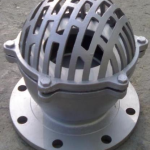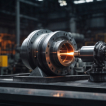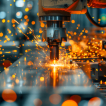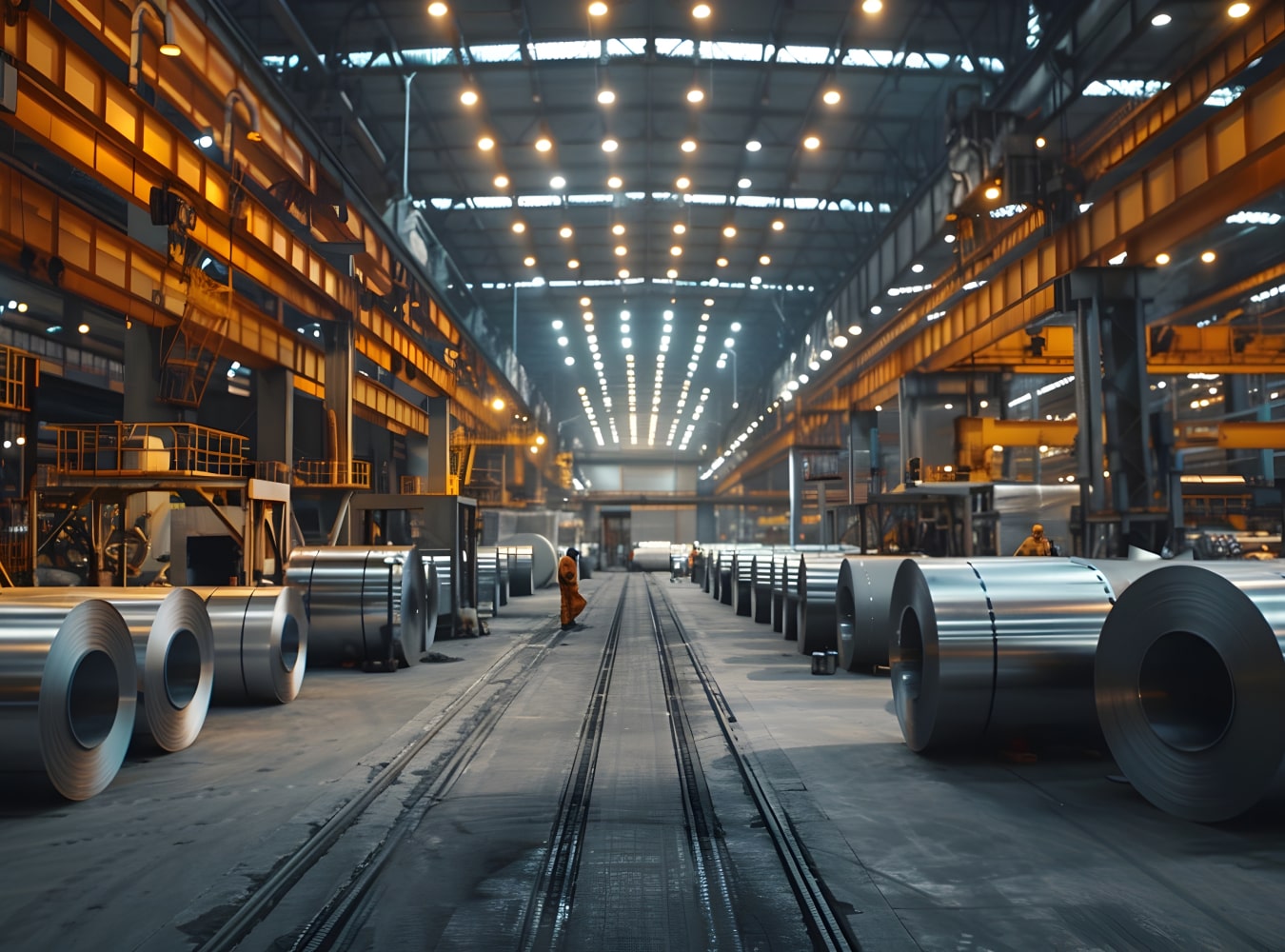Introduction
Ball valves and Plug valves are most used in various industries to control & manage the flow of liquids and gasses. They Both have unique features and design differences that make them best for different applications. To find out which helps to determine which type of valve is more suitable for a specific requirement, between plug and ball valves, including their design, function, advantages and disadvantages.
What is a Ball Valve and How Does It Work?
A ball valve is a form of quarter-turn valve which is used in a pivoting ball that has been drilled through to control flow. When the hole is in line with the flow direction, it allows fluids or gasses to pass through
What is a plug Valve and How Does It Work?
It is also known as a quarter-turn valve which is used in tapered or cylindrical plug to control the flow of liquids or gases. The plug surrounds or rotates within the valve body to open or close the flow path.
BALL VALVES TYPES AND USES
there are 8 types of Ball valves : Used for
1.Jacket ball valves
Jacket ball valves are the valves that contain the outer part of the surrounding, also known as the Jacket or cover of valves, around their bodies. It is well known that the jacketed valves are made for the media fluid that retains the crystallized or captured features. It should be remembered that these valves should not be affected when the process of additional heating and cooling is on.
2.forged steel ball valves
These equipment are known for their best corrosion and rust features. High-caliber forged steel ball valves are composed to control fluid flow for high-pressure and high-temperature applications.
3.Cast iron & cast steel ball valves
Cast iron valves are frequently used for a huge range of applications, including air-conditioning and plumbing in buildings, fire fighting materials, water and sewer lines and utility systems in many industrial plants or Cast steel valves are composed of carbon and steel alloys and withstand high pressure and temperatures. Since casting works with a variety of metals, it can be used with various materials to create your steel alloy. You can also configure cast steel to any size, shape, and application.
4.Double Block and Bleed Ball Valve
Double Block and Bleed ball valves are basically used in the oil and gas, petrochemical, storage, and transmission industries.As Double Block Bleed ball valves are mainly used in highly critical processes, it is important to examine them so that it can be known they satisfy the requirements.
5.Fully Welded Ball Valve
Fully welded ball valve also known as Welded Body Ball Valve, with the body is fully welded. The fully welded body ensures that there will be no external leakage path through the valve body, Every welding processes are qualified and performed within ASME Section. The welding for the valve body is to be performed with Non-destructive examinations.
6.Trunnion Ball Valve
Trunnion ball valves are quarter-turn valves structured as to control the flow regulations of media within pipelines. Not similar to other ball valves, trunnion ball valves benefit from a fixed ball connected to a shaft called the trunnion on one end, making sure the ball is safely held in place. Trunnion ball valves design provides stability and precise control, making trunnion ball valves suitable for high-pressure applications. The working of a trunnion ball valve is relatively straightforward.
PLUG VALVES TYPES AND USES
there are two major types of plug valves : Used for
1.Lubricated plug valves
2.Non lubricated plug valves
1.Lubricated plug valves: They are Made of stainless steel or corrosion-resistant metal, so Lubricated plug valves have a lubricant chamber that offers constant lubrication to the plug. This reduces friction, making the entire valve simple to actuate, and protects the plug from corrosion. Lubricated plug valves are many times used in larger, high-temperature applications with high torque needs.
2.Non-lubricated plug valves: These valves feature a non-metallic which is also known for elastomeric sleeve installation between the plug and the body of the valve. This sleeve helps to reduce friction between the plug and the valve body, but not in use for high level temperature application.
purpose of ball valves – the simplest operation of a ball valve is through the use of a lever manually turned by an operator.
purpose of plug valves – It’s controlled with a rotator that has a manual handle for control. Turning the handle will rotate internal components that will either leave the passages open or close.













